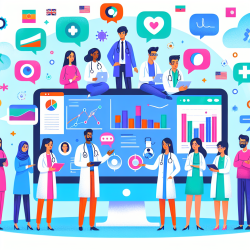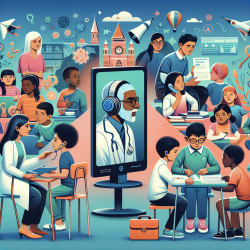Introduction
In the rapidly evolving field of healthcare, data analytics is becoming an essential tool for improving decision-making processes. The systematic review titled A Systematic Review on Healthcare Analytics: Application and Theoretical Perspective of Data Mining highlights the significant role of data mining in healthcare. This review provides a comprehensive overview of the application of data mining techniques in various healthcare sub-areas, offering valuable insights for practitioners looking to enhance their skills and outcomes.
Key Findings from the Review
The review identifies several critical areas where data mining can be applied effectively:
- Clinical Decision Support: Data mining techniques such as classification and predictive analytics are used to support clinical decisions, particularly in disease prediction and diagnosis.
- Healthcare Administration: Data analytics helps in optimizing resource utilization, reducing costs, and improving healthcare quality through effective data warehousing and cloud computing solutions.
- Public Health: Analytics aids in understanding and managing public health issues by providing insights into disease outbreaks and resource allocation.
Practical Implications for Practitioners
For practitioners, integrating data-driven insights into their practice can lead to improved patient outcomes. Here are some ways practitioners can leverage the findings:
- Adopt Predictive Analytics: Utilize predictive models to anticipate patient needs and tailor interventions accordingly.
- Enhance Decision-Making: Use data mining tools to analyze patient data and support evidence-based clinical decisions.
- Improve Efficiency: Implement data analytics to streamline administrative processes, reduce waste, and enhance the quality of care.
Encouraging Further Research
The review emphasizes the need for continued research in integrating domain expert knowledge into data mining processes and developing prescriptive analytics. Practitioners are encouraged to engage in research activities to explore new data sources, refine analytical models, and address existing gaps in healthcare analytics.
Conclusion
Data mining and analytics are transforming healthcare by providing actionable insights that enhance clinical and administrative decision-making. Practitioners can significantly benefit from incorporating these techniques into their practice to improve patient outcomes and operational efficiency.
To read the original research paper, please follow this link: A Systematic Review on Healthcare Analytics: Application and Theoretical Perspective of Data Mining.










